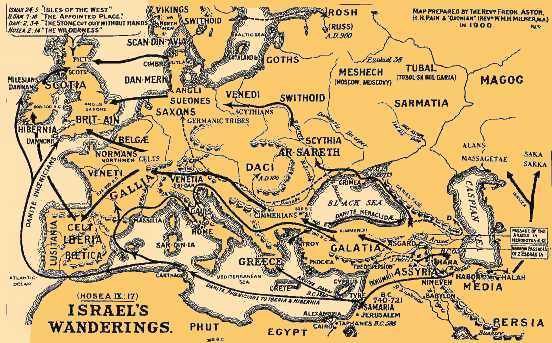In the aftermath of Britain's general election a number of right-wing commentators in New Zealand have attempted to reassure themselves and their readers that the surge in support for Jeremy Corbyn's Labour Party was an aberration, rather than a sign of the political times.
Kiwiblog published a long-winded attempt to explain away Corbyn's success. Its author insisted that Labour remained unelectable, and that the 40% of the vote that the party won under Corbyn represented a sort of electoral high tide mark. I was impressed by this sentence from Kiwiblog's pundit:
[Corbyn]
remains an unreconstructed Marxist and his Manifesto, no matter how he dressed it up, was any Fabian’s dream.
I think that sentence, on its own, sums up the difficulties folks at Kiwiblog, and perhaps Corbyn’s opponents in general, have when they try to understand left-wing thought, and the recent revival of the fortunes of the left.
To think that ‘unreconstructed Marxism’ and Fabianism are the same thing is to lump Lenin in with George Bernard Shaw. It is to conflate very different ideas.
Labour’s manifesto was indeed a ‘Fabian’s dream’, in that it was a classically social democratic document, of the sort that Labour, and indeed Britain's Social Democratic Party, used to produce in the pre-Blair era. Labour's manifesto imagined a mixed economy, free tertiary education, increased regulation of the banking sector, and renewed government control of vital pieces of infrastructure like the railways.
Now, I understand that for a lot of people on the right, especially those who have no memory of the world before the neo-liberal revolution of the ’80s and ’90s, these ideas might seem perverse, and even rebarbative. But they aren’t in any way the same as ‘unreconstructed Marxism’, with its call for the expropriation of the entire economy by the state and the replacement of parliament by soviets. Corbyn might want in some respects to take Britain back to the 1960s, but ’60s Britain was not the same place as the Soviet Union in 1919.
There’s an interesting parallel between the urge of so many people on the right to call Corbyn’s programme communist and the tendency amongst some misguided people on the New Zealand left to describe Bill English’s government as ‘neo-liberal’, when in fact the National Party English leads has moved a long way to the centre and away from ardent laissez faire economics since the 1990s.
Both the rightists who call Corbyn a commie and the leftists who call English neo-liberal are looking for terms that express their disgust at policies they dislike. Their use of language is emotional, rather than intellectual. But when they believe their rhetoric they lose the ability to understand their enemy.
And we saw the consequences of this loss of contact with reality during the recent election campaign in Britain. The Tories and their allies in the media made wave after wave of attacks on Corbyn, characterising him as a dangerous extremist and calling Labour’s manifesto communist. But these attacks backfired, because when the public examined the manifesto they found a set of policies that owed more to Clement Attlee and Harold Wilson than to Lenin or Marx. By arguing against an imaginary communist policy programme, the Tories gave a free pass to Labour’s actual, social democratic policies.
I first got interested in politics as a schoolboy back in the late ’80s and early ’90s, at a time when the Soviet Union and its allies were tottering and falling. I remember reading the papers of the New Zealand communist parties linked to various pieces of the Eastern bloc – there was the Tribune, published by the Socialist Unity Party, which was funded partly by Moscow, and the pro-Albania People’s Voice, put out by the Communist Party, and also one or two pro-China publications. It was fascinating watching the Stalinists trying to cope with the refutation of their ideology by events. Some of them engaged in self-criticism, but many, I remember, tried to deny that the world and ways of thinking were changing.
I think that, in the years since the Global Financial Crisis, and especially in the last couple of years, proponents of neo-liberalism have had to face the same sort of refutation by reality as the communists of the early ’90s.
The bastions of neo-liberal ideology are tottering and falling. The Republican Party now belongs to an economic nationalist. Bernie Sanders is the most popular politician in America. Both right and left-wing critics of laissez faire economics are winning large shares of the vote in European elections. Even before Corbyn’s astonishing result, Theresa May had embraced some populist parts of his programme, and earned a rebuke from diehard advocate of neo-liberalism George Osborne. The austerity programme that Osborne launched is dead.
Kiwibloggers who imagine that Corbyn and Trump and Sanders and their ilk will disappear, and that normal political and economic business will soon resume, are missing the fact that, once again, the world has changed.































